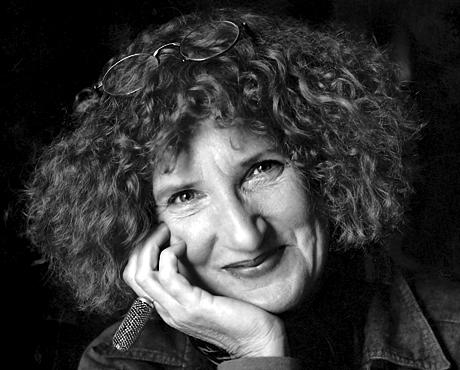
"To freely interpret life according to folk art in the form of strong symbols such as Adam and Eve, unicorns, birds, angels, devils etc. on damask is like bringing two cultural heritages together into one."
"To freely interpret life according to folk art in the form of strong symbols such as Adam and Eve, unicorns, birds, angels, devils etc. on damask is like bringing together two cultural heritages into one. The strong colors adapt them to our times. 'Heaven and Hell' is a damask story in a modern twist that affirms our roots. 'Harmonica' completes it.”
CURRICULUM VITAE:
Wanja Djanaieff was born in 1941 in Solna, Sweden. She belongs to one of the leading figures in Swedish textile design. Her interest in textiles was awakened early and she entered Konstfack as a 16-year-old, in 1957. She then worked for Almedahls for ten years. Between 1970 and 1977 she was manager of NK Designgrupp.
In 1972, she was commissioned to produce the clothes that the Swedish Olympic team would wear in Munich and Innsbruck. In 1977 she became manager of the textile factory Strömma and in the same year she started the Swedish Design Agency together with Kerstin Boulogner, Boel Matzner and Aino Östergren. In 1987, she designed staff clothing for the Norwegian Railways.
Wanja Djanaieff has also been a project manager, teacher and professor at Konstfack during the years 1980 to 1992. She has also had assignments as a supervisor for the Statens Industriverk where she ran design projects for the Swedish textile industry. In addition to that, she has worked with scenography and over the years made costumes for various theaters. More recently, she has worked as a freelance designer and in the summer of 2009 she created an exhibition for Carl Larsson-Gården about Karin Larsson.

